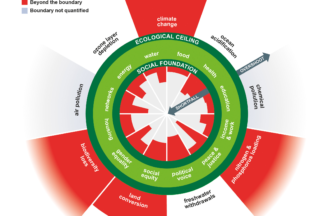Large companies and institutional players are challenged to assess and calculate their carbon footprint. But they typically have the means to hire experts – in-house or consultants – and buy licenses of useful tools.This applies similarly to larger-sized SMEs. But what about distinctly small companies or indeed even individuals? How can they get a guesstimate on their carbon footprint, and possibly even some pointers how to do better going forward? Hence, here a short list of such calculators, both for individuals as well as for small companies.
It's a funny state of things: One where investors complain that ESG data is not standardised; where at the same time companies – and notably their boards – complain that investors do not ask for data in a standardised way. And where the very same companies and boards nonetheless prioritise proprietary measurement systems over any other one for their own supply chains and products.
It's a paradox. One that is not efficient, effective, or conducive to impact.
A call to leave politics to the side, focus in impact, and standardise, standardise, standardise.
In an earlier post I asked: How can business, a business, downscale the Doughnut and make it operational?
In this post I look at three tools that praise themselves of being either part, or even all, of the support a business needs on the journey to integrate the Doughnut Economics concepts. Namely: Science-based Targets (SBTs), the B Impact Assessment(BIA), and the Future Fit Business Benchmark (FFBBM).
What are their fundamental differences and similarities?
Are they indeed a tool to help on the path to keeping within the Doughnut boundaries?




